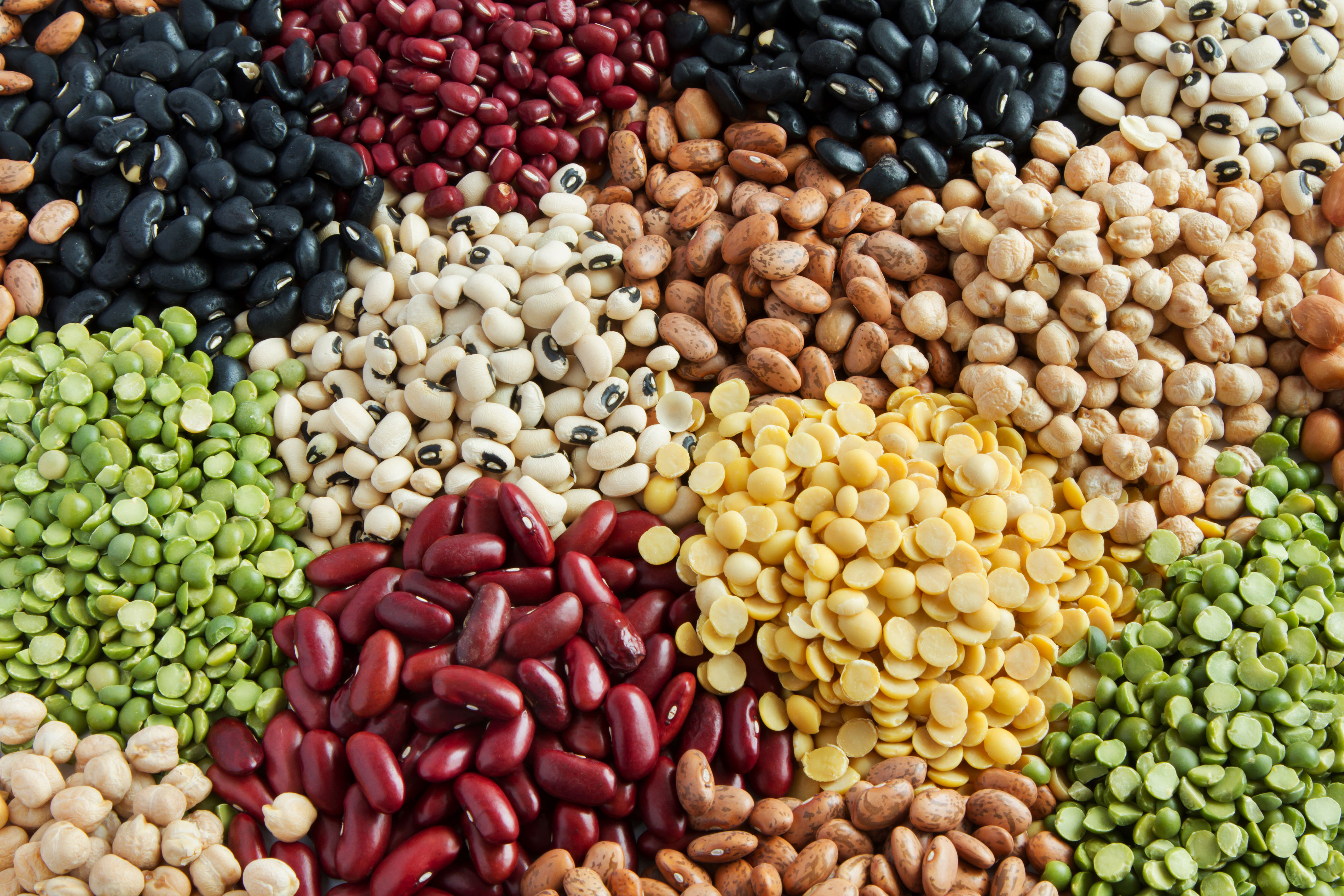What's the healthiest bean to eat? 5 types that are nutritionist-approved and how to enjoy them.

If you're looking to improve your well-being in 2025, putting more beans and lentils on your grocery list is a great idea. These foods are bursting with nutrients, including fiber, protein, iron, and magnesium. In fact, beans and lentils are among the healthiest and most versatile foods available. Still, they often get overlooked in the supermarket. Perhaps it's because they frequently come in cans or that they got a bad reputation in the 90s as the "musical fruit," but beans and lentils have flown under the radar for years while other superfoods like kale, chia, and cauliflower have had their time in the spotlight.
You would get 3 servings or about 3/4 to 1 cup of cooked beans, peas, or lentils per day.
As January 6th draws near, there's never been a better opportunity to incorporate beans and lentils into your diet. Here's why you should have beans and lentils in your shopping cart more frequently:
Health benefits of beans
Beans and lentils provide a variety of nutrients, including protein, fiber, iron, calcium, magnesium, phosphorus, folate, zinc, and selenium, with the specific composition varying according to the type. They are also low in saturated fat and sodium, and have a low glycemic index.
Especially eating beans of certain types can result in numerous health benefits, including:
-
Eating beans may aid in reducing LDL, or "bad" cholesterol, and offer protection against heart disease.
-
Eating beans may help protect against colon cancer.
-
Eating beans can actually help prevent and regulate blood sugar levels, even though they contain carbohydrates.
-
I'm happy to help but you haven't provided a text for me to paraphrase. Please provide the text you would like me to paraphrase, and I will respond with the paraphrased text.
-
People who follow a flexitarian diet tend to consume higher amounts of fiber, iron, calcium and potassium than those who do not.
Best Bean Picks for a Delicious Treat
From black beans to chickpeas, each type of bean has its own unique differences in terms of nutrients and taste. While the best choice may be the one you personally enjoy and is willing to eat, here are five options that are high in nutrients:
A half cup of boiled lentils contains about 8 grams of fiber, 9 grams of protein, and various essential nutrients like B vitamins, iron, magnesium, phosphorus, copper, and manganese.
Lentils can be added to salads and soups, used as the base for curry dishes, made into burgers, and used in place of meat in Bolognese sauce.
Half a cup of canned black beans provides about 6 grams each of fiber and protein along with several important micronutrients, including iron, magnesium, manganese, folate, and thiamine.
Black beans are truly versatile and can be easily tossed into salads, added to taco bowls, mashed into baked goods, turned into burgers, or stuffed into quesadillas.
A half cup of canned cannellini beans contains 5g of fiber, 6g of protein, and 15% of the recommended daily intake of iron.
Cannellini beans are great in soups like minestrone and pasta e fagioli because they keep their shape after being cooked. They can also be blended into a dip in the food processor with olive oil, lemon juice, garlic, and herbs, and served as a substitute for hummus.
A half-cup serving contains 6 grams of fiber and 7.5 grams of protein and is a good source of iron, magnesium, phosphorus, folate, copper, and manganese.
Canned chickpeas are incredibly versatile, making them perfect for adding to a salad, mashing and putting them in a sandwich, blending them into hummus in a food processor, or even roasting them and topping them with chocolate for a sweet treat.
.
Edamame can be enjoyed as a high-protein snack on their own, added as a filling to a stir-fry, or placed on top of a rice bowl. Due to their robust texture, they can effectively replace animal protein in various dishes.
There is no original text provided.
Many cans are no longer made with BPA, but it's a good idea to double-check.
Beans and lentils are often underappreciated but incredibly nutritious foods that are budget-friendly and can be used in a wide range of dishes. They contain a variety of vitamins and minerals that are often overlooked, including fiber, iron, calcium, and potassium. Consuming them regularly has been associated with numerous health perks.

Post a Comment